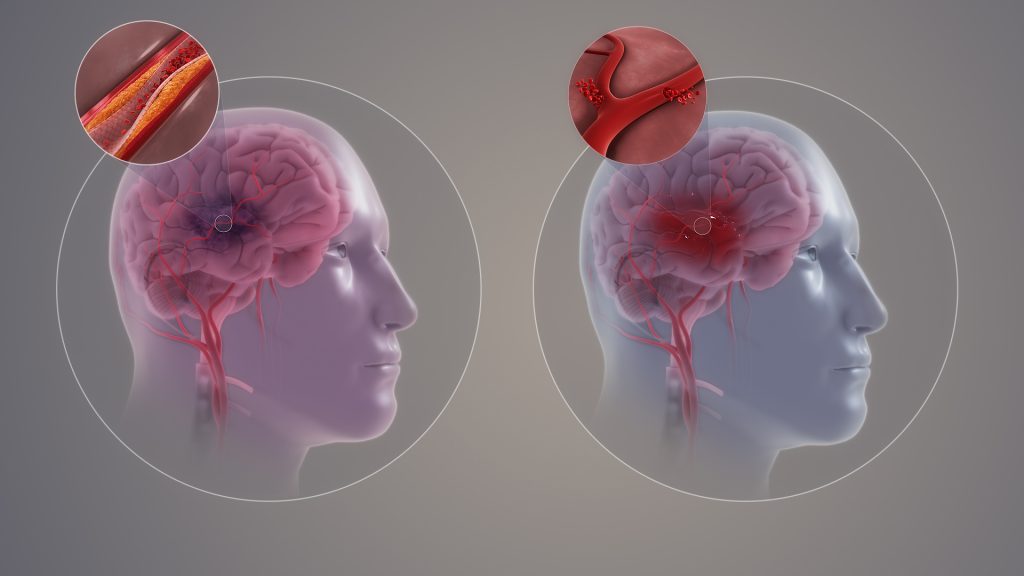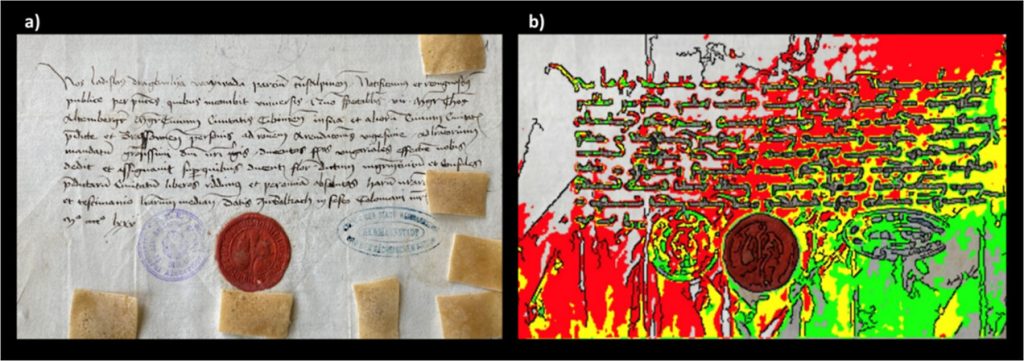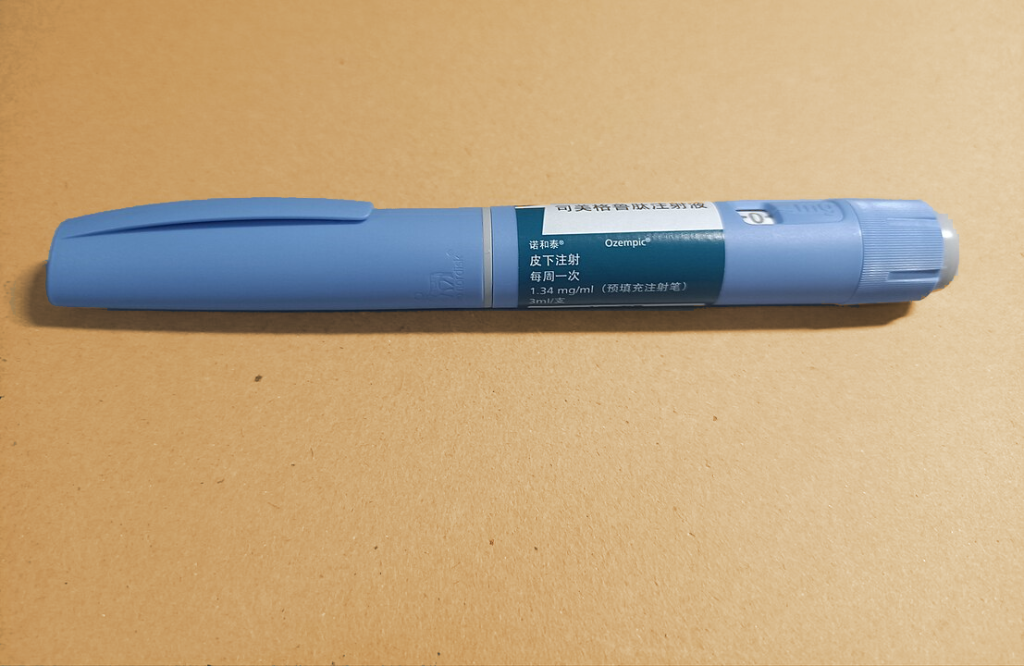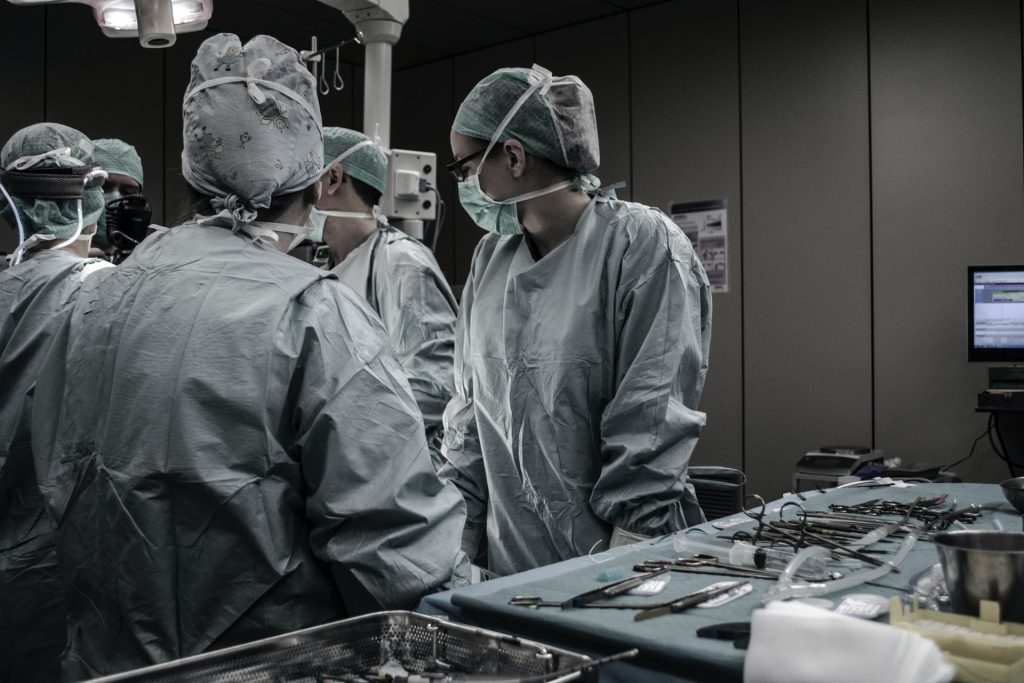ADHD Medication Associated with Reduced Mortality

A Swedish study of more than 140 000 individuals with attention-deficit/hyperactivity disorder (ADHD) found that initiation of ADHD medication was significantly associated with a 21% lower mortality two years after diagnosis, according to results published in JAMA. This reduction was especially pronounced for unnatural-cause mortality. Females and males also saw different reductions in types of mortality.
ADHD is the most prevalent neurodevelopmental condition, affecting 5.9% of youths and 2.5% of adults worldwide, according to the 2021 World Federation of ADHD International Consensus Statement. The disorder is associated with a broad range of psychiatric and physical comorbidities, as well as adverse functional outcomes. Furthermore, individuals with ADHD are at twice the risk of premature death, mainly due to unnatural causes.
Randomised controlled trials have demonstrated that ADHD medications, including stimulant and nonstimulant medications, are effective in reducing core ADHD symptoms for children and adults with ADHS. Pharmacoepidemiological studies have also shown reduced risks of negative outcomes, including injuries, traffic collisions, and criminality, which would be expected to decrease the mortality rate. However, there are concerns regarding the cardiovascular safety of ADHD medications, especially following long-term use, which could increase the mortality rate.
To date, three studies have examined the association between ADHD medication and mortality with mixed results. These studies had significant limitations, such as the absence of a control group. To date, there has been no study on the association in adults with ADHD. There are increasing diagnoses of ADHD among adults, who have a higher prevalence of somatic comorbidities, including cardiovascular diseases and other conditions, compared with children and adolescents.
Using the Swedish national registers, the researchers investigated whether initiation of ADHD medication was associated with mortality, using the target trial emulation approach to avoid key biases in pharmacoepidemiological studies.
They assessed for all 6 medications licensed for ADHD treatment in Sweden (methylphenidate, amphetamine, dexamphetamine, lisdexamfetamine, atomoxetine, and guanfacine) during the 2007-2020 period. Analysis of the data showed that, for a two-year follow-up, lower all-cause (hazard ratio [HR], 0.79) and unnatural-cause (HR, 0.75) mortality for the ADHD medication group, but there was no significant association with natural-cause mortality (HR, 0.86). Under unnatural causes, accidental poisoning mortality was halved (HR, 0.47).
Subgroup analysis revealed that for females, the only significant reduction in mortality was for natural causes. The authors noted that this may be due to higher rates of comorbid depression, sleep disorder, atrial fibrillation, and asthma.
When follow-up was extended to five years, associations attenuated save for unnatural-cause mortality (HR, 0.89).
The authors concluded, “ADHD medication may reduce the risk of unnatural-cause mortality by alleviating the core symptoms of ADHD and its psychiatric comorbidities, leading to improved impulse control and decision-making, ultimately reducing the occurrence of fatal events, in particular among those due to accidental poisoning.”
For limitations, the observational nature of the study cannot establish causation, and the authors noted confounding effects such as nonpharmaceutical treatment of ADHD. Potential type I error resulting from multiple comparisons regarding cause-specific mortality and subgroup analyses meant the results are only exploratory. Two more limitations were uncertain adherence to medication and potential misclassification of deaths such as potential cases of suicide being marked as accidental poisoning.











